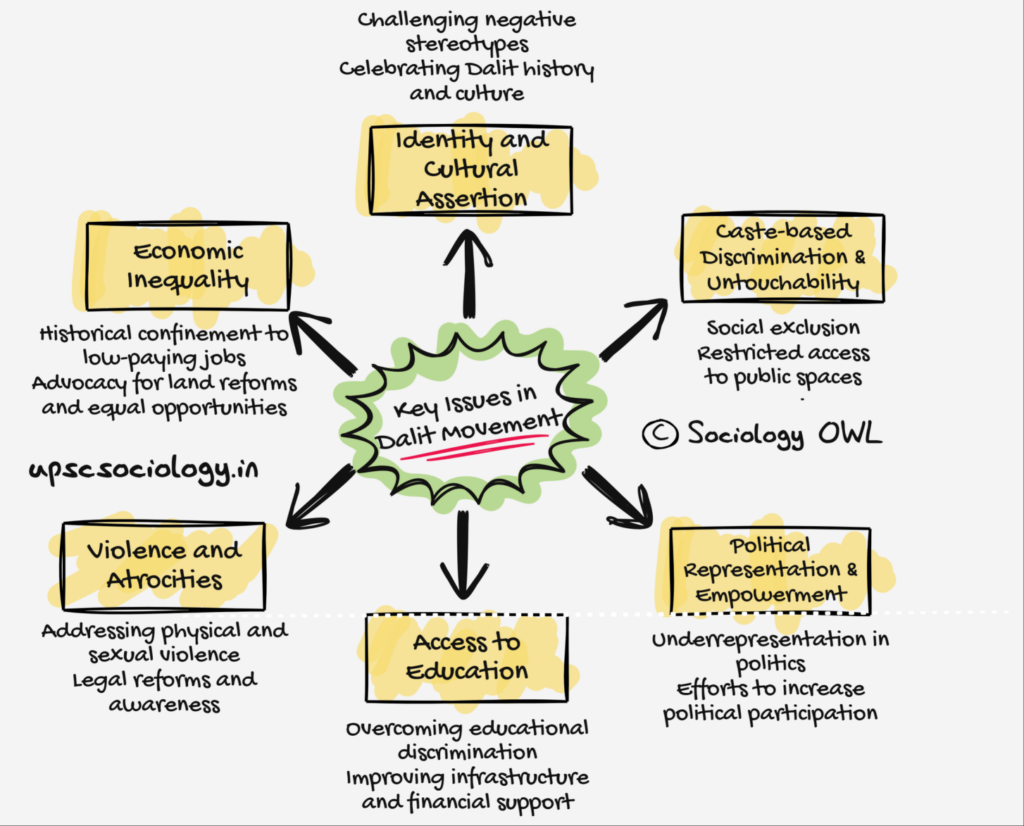“Instead of promoting equality in society , the present system of education itself has contributed to increased socio economic disparities” Comment .
Model Answers
Q: “Instead of promoting equality in society , the present system of education itself has contributed to increased socio economic disparities” Comment .
Question asked in UPSC Sociology 2022 Paper 2. Download our app for last 20 year question with model answers.
Model Answer:
Impact of the Current Education System on Socio-Economic Disparities
The statement posits that the current education system, rather than promoting equality, has contributed to an increase in socio-economic disparities. From a sociological perspective, education is meant to serve as a great equalizer, providing opportunities for all, regardless of socio-economic status. However, in the context of India, the situation might be perceived differently.
1. Access to Quality Education
There are significant disparities in access to quality education in India. Urban areas tend to have more and better educational resources than rural ones. Children from wealthier families often attend private schools with superior resources, whereas those from less affluent backgrounds typically go to under-resourced government schools. This disparity in educational quality can perpetuate socio-economic inequality, as those with access to better education often have more opportunities for economic advancement.
2. Cultural Capital
The concept of cultural capital, coined by Pierre Bourdieu, refers to non-financial social assets that promote social mobility. These may include education, intellect, style of speech, dress, or physical appearance. Parents with a high level of cultural capital, often from higher socio-economic statuses, can pass this on to their children, giving them a significant advantage in the educational system. This perpetuates a cycle of inequality as these benefits are not easily accessible to those from lower socio-economic backgrounds.
3. Language
English is often the medium of instruction in Indian schools, especially the more prestigious ones. Students from families where English is not spoken or is not the first language can struggle academically, contributing to a gap in educational achievement.
4. Caste System
The lingering effects of the caste system still influence access to education. Although there are policies in place like reservations to ensure educational opportunities for lower caste groups, they often face social stigma and discrimination, hindering their progress.
5. Gender
Gender disparities also exist in India’s educational system. While significant strides have been made to improve female education, many regions, particularly rural areas, still have lower rates of female literacy and school attendance compared to males. This disparity can contribute to persistent gender inequality in socio-economic terms.
6. Cost of Education
Rising costs of education also contribute to the disparity. Higher education, in particular, is often prohibitively expensive for economically disadvantaged students, limiting their opportunities for economic mobility.
In conclusion, while education has the potential to be a powerful tool for equality, structural issues within India’s educational system often perpetuate socio-economic disparities. To address this, comprehensive reforms that increase access to quality education, mitigate the effects of cultural capital, bridge the language gap, combat caste and gender discrimination, and reduce the cost of education are necessary.
More Questions:
Download our app for UPSC Sociology Optional - Syllabus, NCERT Books, IGNOU Books, Past Paper with Model Answers, Topper Notes & Answer Sheet.

